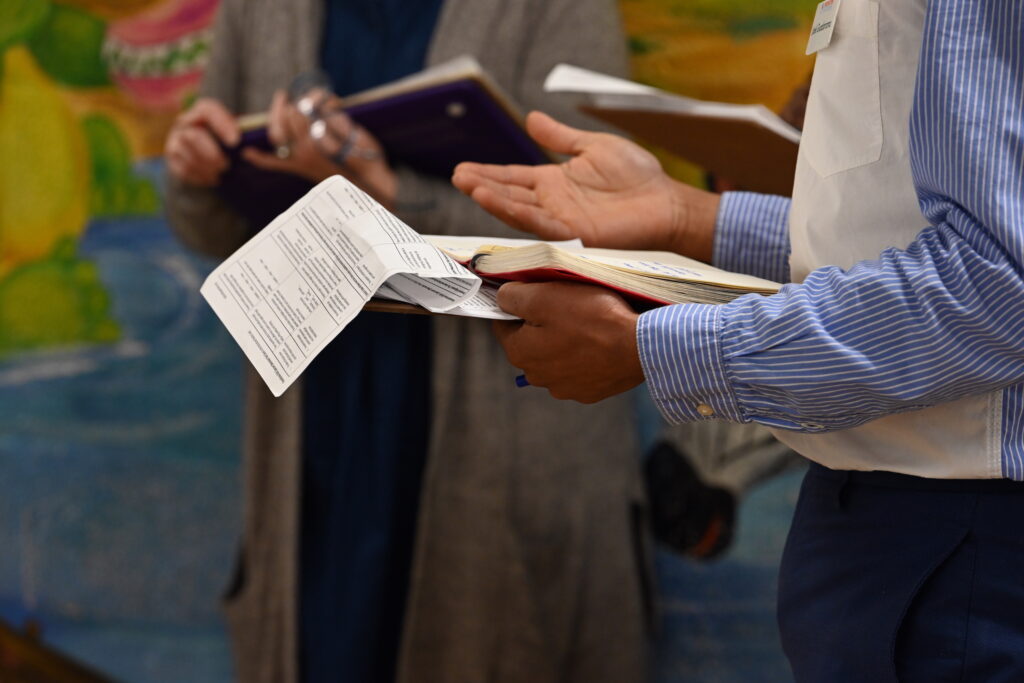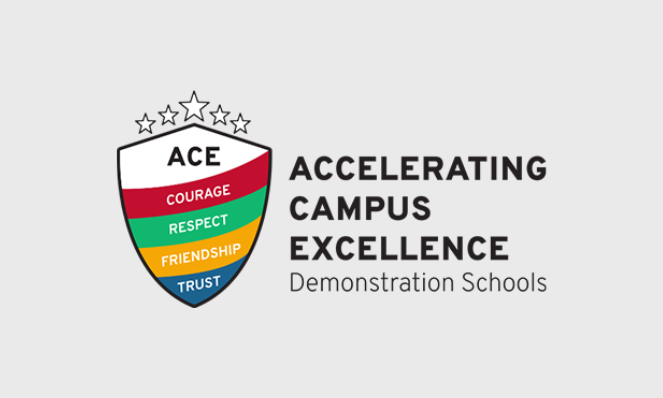
Demystifying Professional Learning
This post is adapted from an email originally shared on May 20, 2022. If you would like to receive future emails, you can sign up here.
—
We educators love our jargon and acronyms. If we had a contest to pick the term with both the most use and the least agreement on what it means, I would immediately nominate “professional learning community” or “PLC.”
I often hear people say, “we work on ‘that’ in our PLCs.” “That” could be anything from reflecting on teaching, reviewing upcoming standards, looking at curriculum, reviewing student work or data, discussing students or the school, or planning for parent engagement. “PLC” could be referring to a team of grade-level teachers, content-alike teachers, the school improvement team, the leadership team, or the whole school. In practice, the definition of PLC feels like it has become “any conversation among any group of educators about anything relevant to students.”
The term “instructional coaching” isn’t much clearer. I have witnessed tear-filled conversations between educators about what “is” and “is not” coaching that are rooted in disagreements about whether instructional coaching should:
- help teachers prepare for upcoming lessons or observe lessons and provide feedback;
- provide explicit feedback or help teachers reflect on their own practice;
- require content-specific understanding or focus on generalized teaching moves.
After years of working alongside school leaders, I’ve come to view the lack of clarity as a fundamental barrier to supporting teachers, improving instruction, and engaging students in rigorous, meaningful learning experiences. Educators’ time is precious and constrained. Clarity about what we are spending their time on is a need-to-have, not nice-to-have, requirement to honor their work.
I recently shared reflections from our journey to make the work of instructional leadership a little easier. We found that instructional leaders have three levers to support teaching and learning: materials, professional learning, and data. Today, I am pleased to share a set of resources focused on the second lever: professional learning.
The Professional Learning Conditions and Practices describe two professional learning structures: 1) collaborative planning and 2) observation and feedback. The resources include action plans to improve school-level conditions for effective PL, guidance for implementing practices within each structure, and rubrics to diagnose and monitor progress.
We piloted these resources in 16 schools over the last two years. We learned some important lessons along the way:
- Sit-and-get “training” has limited impact for professional learning. The term “professional learning” commonly evokes images of teachers gathering with an “expert” in the school library or cafeteria to be trained on something new. We found that some initial training can be useful when launching a new curriculum, but most instructional support is best implemented through collaborative planning and observation and feedback.
- It is more effective and efficient to focus professional learning on high-quality materials than stand-alone instructional strategies. Consistent with a number of formal studies, our experiences affirm that professional learning that helps teachers attend to and make sense of how they use high-quality instructional materials leads to stronger instructional growth.
- Conditions matter. We found that the conditions in which schools implement practices are crucial to ensuring that teachers get the most from professional learning and students get the most from their teachers’ instruction.
I dream of the day that we can have conversations with each other about professional learning and understand each other clearly. I dream of the day that we can consistently set up educators—who work so hard—to carry out the core teaching and learning responsibilities of their roles. In some small way, I hope these resources can help us toward that day.

